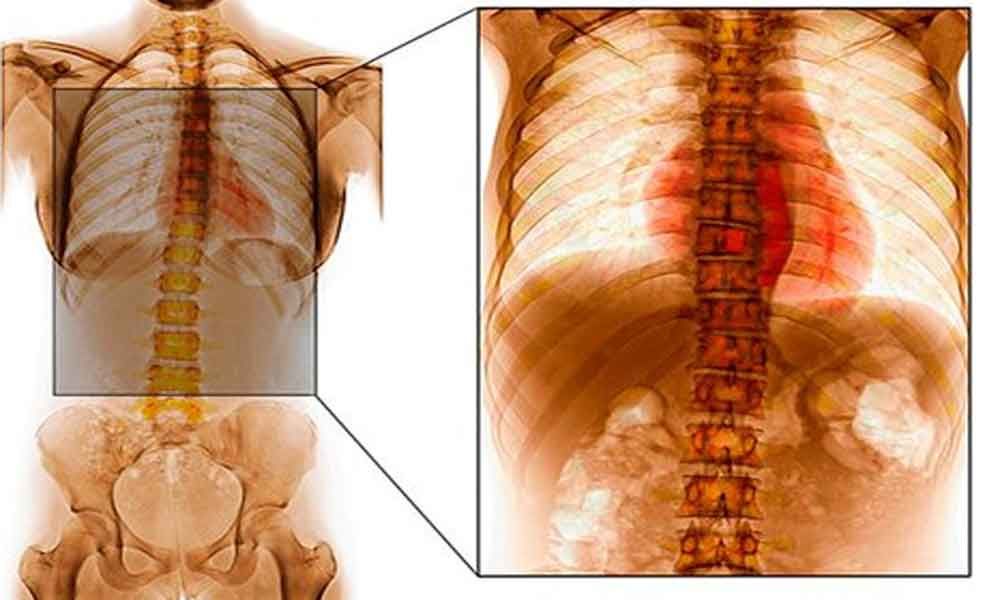Spinal Tuberculosis
Spinal tuberculosis is a destructive form of tuberculosis. It accounts for approximately half of all cases of musculoskeletal tuberculosis. Spinal tuberculosis is more common in children and young adults. The incidence of spinal tuberculosis is increasing in developed nations. Genetic susceptibility to spinal tuberculosis has recently been demonstrated. Characteristically, there is destruction of the intervertebral disk space and the adjacent vertebral bodies, collapse of the spinal elements, and anterior wedging leading to kyphosis and gibbus formation. The thoracic region of vertebral column is most frequently affected. Formation of a ‘cold’ abscess around the lesion is another characteristic feature.

The incidence of multi-level noncontiguous vertebral tuberculosis occurs more frequently than previously recognized. Common clinical manifestations include constitutional symptoms, back pain, spinal tenderness, paraplegia, and spinal deformities.For the diagnosis of spinal tuberculosis magnetic resonance imaging is more sensitive imaging technique than x-ray and more specific than computed tomography. Magnetic resonance imaging frequently demonstrates involvement of the vertebral bodies on either side of the disk, disk destruction, cold abscess, vertebral collapse, and presence of vertebral column deformities.
Spinal tuberculosis is a frequently encountered extrapulmonary form of the disease. In developed nations, most cases of spinal tuberculosis are seen primarily in immigrants from endemic countries. Because the epidemic of human immunodeficiency virus (HIV) infection caused resurgence in all forms of tuberculosis, increased awareness about spinal tuberculosis is necessary. Despite its common occurrence and the high frequency of long-term morbidity, there are no straightforward guidelines for the diagnosis and treatment of spinal tuberculosis. Early diagnosis and prompt treatment is necessary to prevent permanent neurological disability and to minimize spinal deformity.
Spinal tuberculosis is one of the oldest diseases known to mankind and has been found in Egyptian mummies dating back to 3400 BC. The disease is popularly known as Pott's spine. The name traces back its origin from the description of tuberculous infection of the spine by Sir Percival Pott in his monograph in 1779. The majority of his patients were infants and young children. The classic destruction of the disk space and the adjacent vertebral bodies, destruction of other spinal elements, severe and progressive kyphosis subsequently became known as Pott's disease. Currently, the term ‘Pott's disease/Pott's spine’ describes tuberculous infection of the spine and the term ‘Pott's paraplegia’ describes paraplegia resulting from tuberculosis of the spine.

